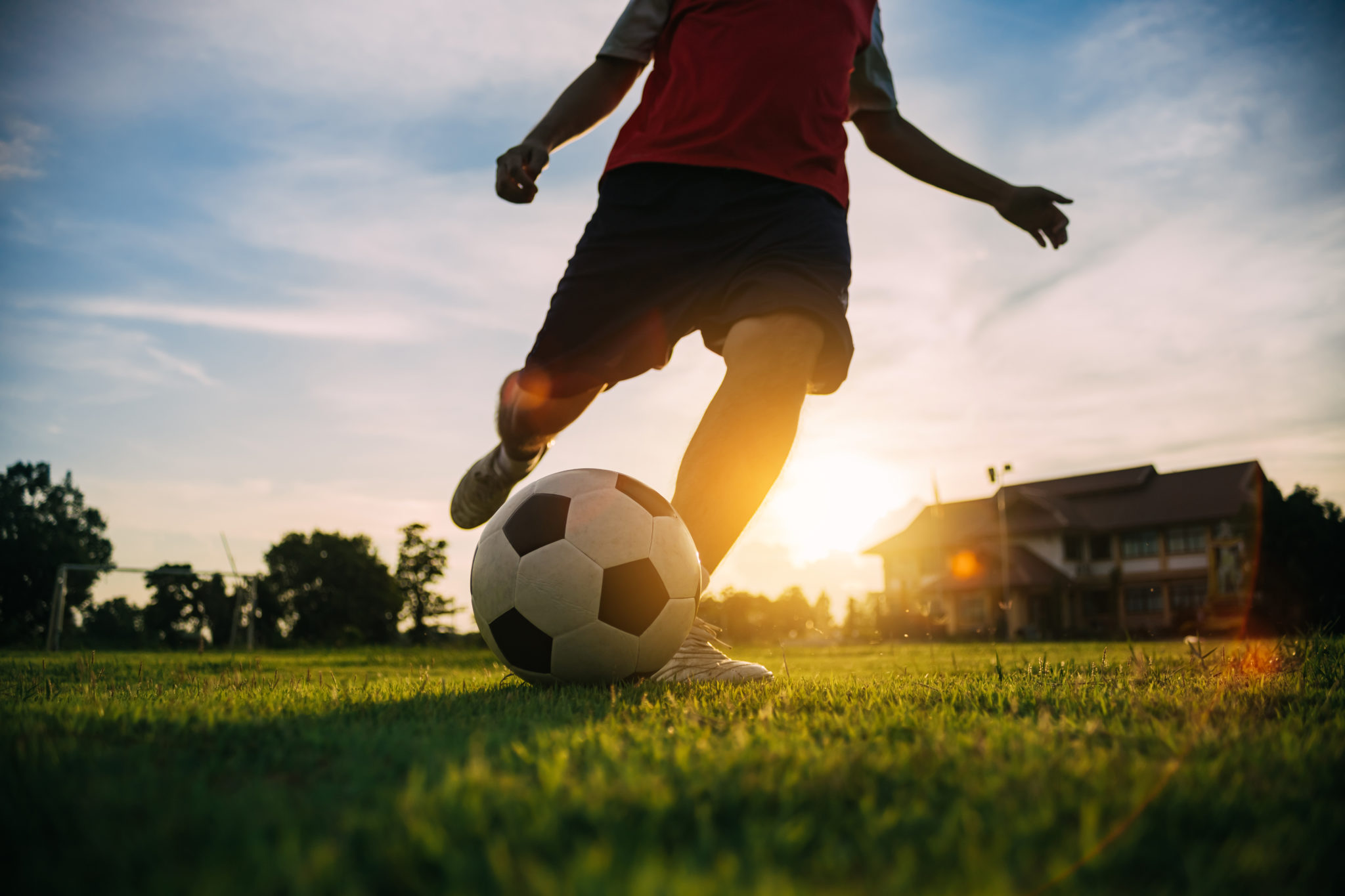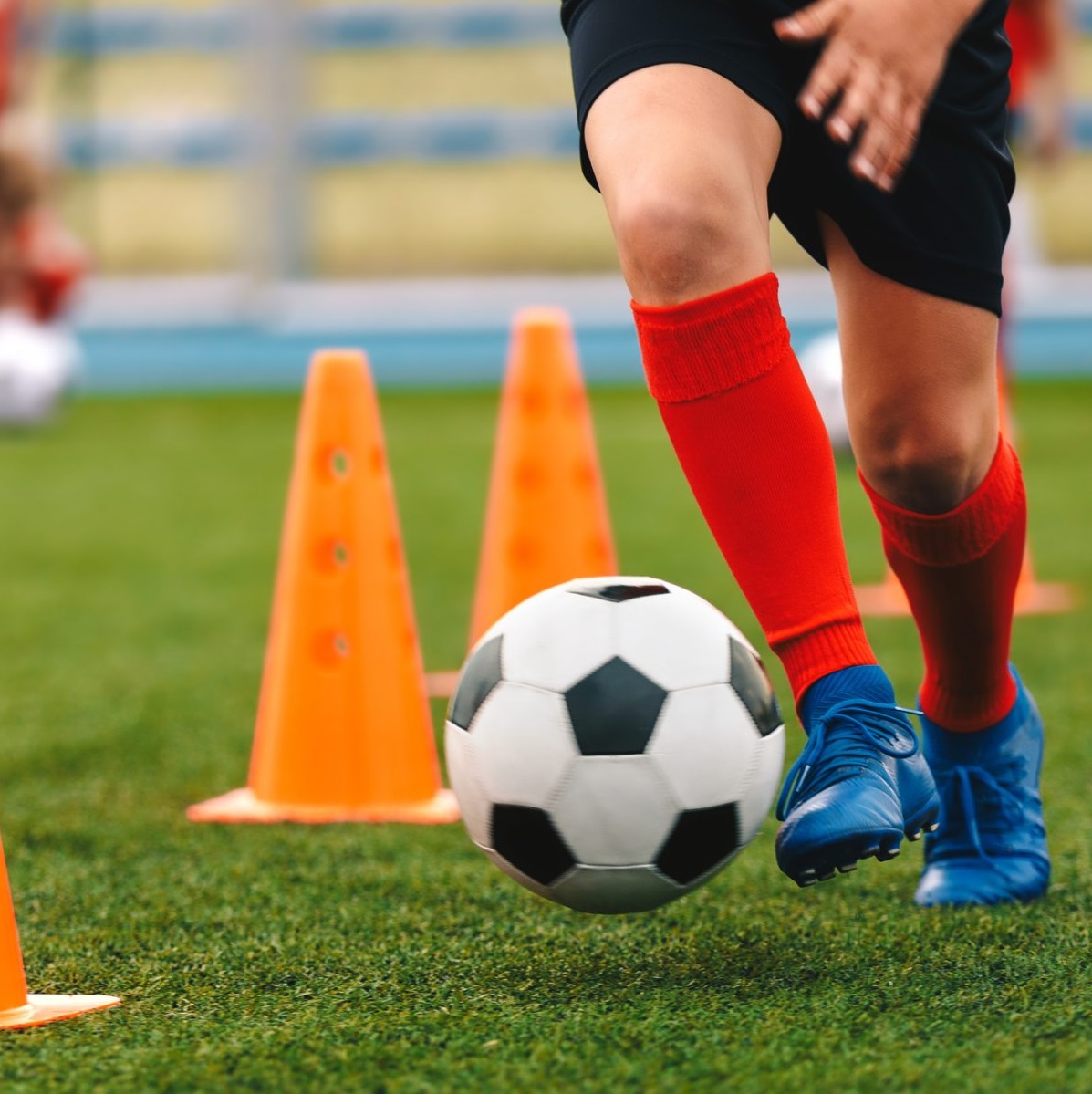When Is It Safe to Return to Sports After a Concussion?

October 18, 2021
“We carefully assess each athlete’s physical, cognitive and mental readiness before returning them to play,” says Dr. Greiss.
How to Safely Resume Normal Activities and Exercise
Dr. Greiss says that athletes must complete a series of “steps” before returning to competition in their sport. The concussion rehabilitation team at JFK Johnson Rehabilitation Institute follows HEADS UP concussion recovery guidance from the U.S. Centers for Disease Control and Prevention. HEADS UP is a national initiative to raise awareness about brain injuries, including how to recognize, respond to, recover from and reduce the risk of concussion.
A patient’s recovery is typically coordinated by a team that includes:
- A physical medicine and rehabilitation specialist
- A physical therapist
- An occupational therapist
- A speech-language therapist
- A neuropsychologist
- Athletic trainers and coaches
- The patient’s family
Steps in the recovery process typically include:
- Rest. After 1-3 days of rest, the athlete can slowly resume normal activities.
- Monitoring symptoms during routine activities. If symptoms do not worsen with everyday activities, such as school, work, walking or driving, patients move on to a graduated exercise protocol.
- Resuming moderate activity. Starting with light aerobic exercise, athletes progress to moderate activity that involves more body or head movement.
- Resuming heavy activity. Eventually, athletes progress to heavy activity, such as running, weightlifting and non-contact drills.
Throughout the graduated exercise protocol, patients and their care team watch for a return of symptoms and adjust the recovery plan accordingly.
“If an athlete notices that they experience symptoms after their heart rate rises beyond a certain level or they run for a certain period, we will ask them to back off slightly and exercise at a sub-maximum threshold,” shares Dr. Greiss. “Eventually, an athlete can move on to full-contact practices followed by competition as symptoms subside.”
Assessing Cognitive and Mental Recovery
A concussion can cause a range of cognitive symptoms, including problems with memory, attention, concentration and processing. Dr. Greiss says that a neuropsychological evaluation is the gold standard to assess cognitive recovery.
“Before returning to play, we want to make sure our patients are at baseline,” comments Dr. Greiss. “They should have the same grades or work performance, and be able to engage in the same amount of social activity, reading, and studying as they did before their injury.”
Dr. Greiss says that patients also need to demonstrate improvement in mental symptoms, including mood or coping disorders and sleep disturbances. Other symptoms, such as difficulty with social interaction or headaches caused by exertion, can also lead to symptoms of depression or anxiety.
“The brain is the maestro of the body, and when it is injured, it goes into alert,” says Dr. Greiss. “This can induce an anxious state, so we follow up with patients every two weeks to make sure these symptoms are improving.”
Patience Pays Off
Recovering from a concussion isn’t always a quick process, and it can be difficult for athletes to be patient when they want to get back in the game. However, Dr. Greiss says that concussion recovery is one situation where patience pays off.
Returning to sport too early can increase the risk of experiencing a condition called “second impact syndrome,” which occurs when someone sustains a second concussion before symptoms from an earlier concussion have gone away. Second impact syndrome can cause rapid, severe brain swelling that can lead to paralysis and death.
“Even if a patient wouldn’t sustain another concussion, returning to play too early could prolong their recovery,” shares Dr. Greiss.
When the time comes for the patient to return to the sport they love, Dr. Griess says that doing a few things could help prevent future concussions.
“Strengthening and stretching the neck muscles can help the body absorb blows better,” continues Dr. Greiss. “Nutrition and supplementation, protein intake, and getting your body in optimal shape can all help to create a physical and molecular barrier that reduces concussion risk.”
Next Steps & Resources:
- Meet our source: Christine Greiss, D.O. To make an appointment with Dr. Greiss or a doctor near you, call 800-822-8905.
The material provided through HealthU is intended to be used as general information only and should not replace the advice of your physician. Always consult your physician for individual care.
Safety Tips For Soccer Season

With the return of youth sports comes the return of sports injuries, from common bumps and bruises to more serious issues which may require treatment from a qualified sports medicine physician.
